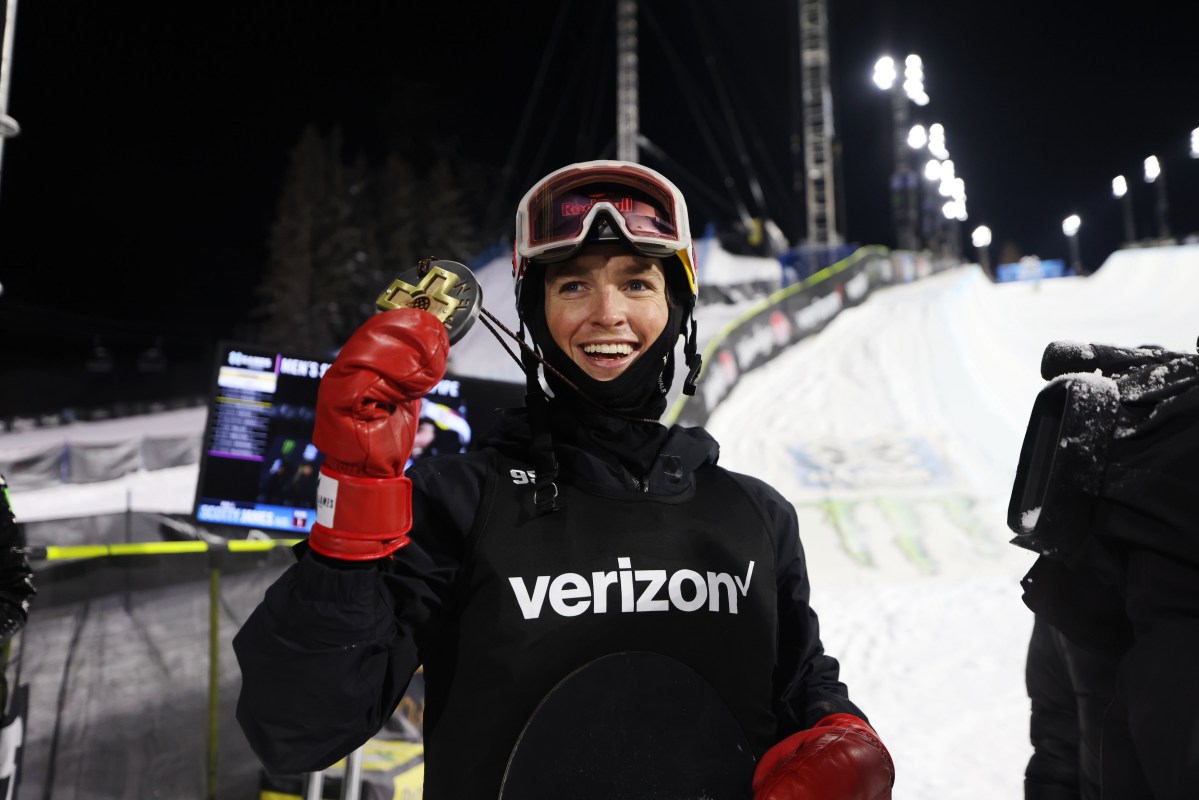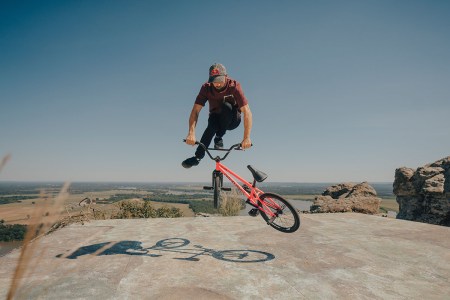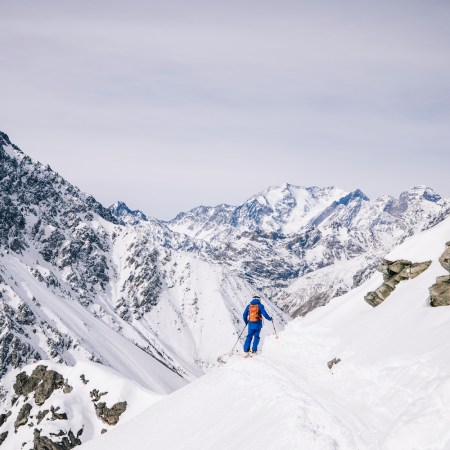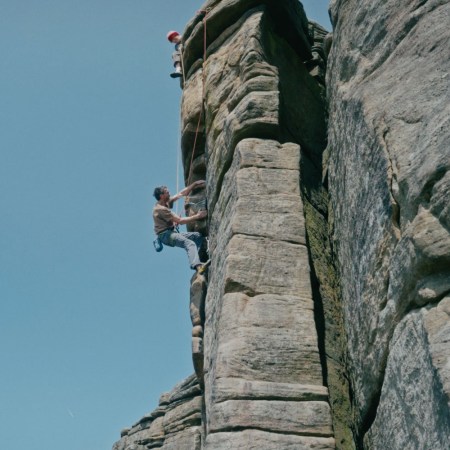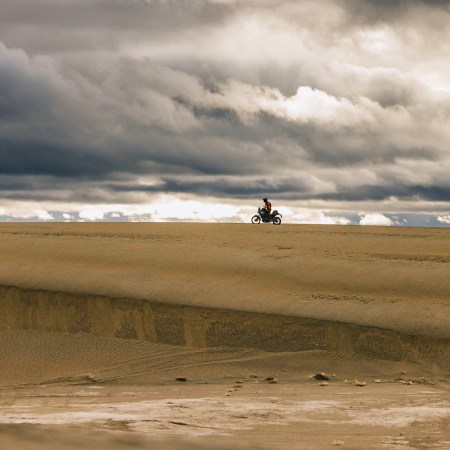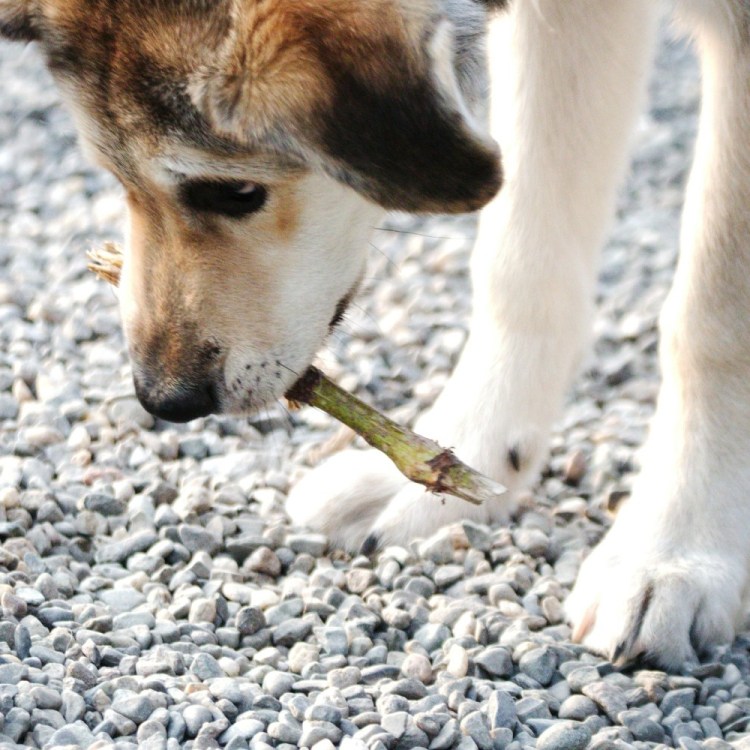Scotty James first competed at the Winter X Games in Aspen back in 2014. He’s absolutely dominated the halfpipe ever since.
Over the past six years, he’s earned nine medals at the event, including five gold medals in its iconic superpipe. The last four gold medals have been consecutive wins, making him the undeniable “king of the halfpipe.” The title speaks to a near-decade of constant preparation, sacrifice and creativity.
We spoke to James about his fitness routine, his medal-winning tricks and those iconic “boxing glove” snowboard mittens.
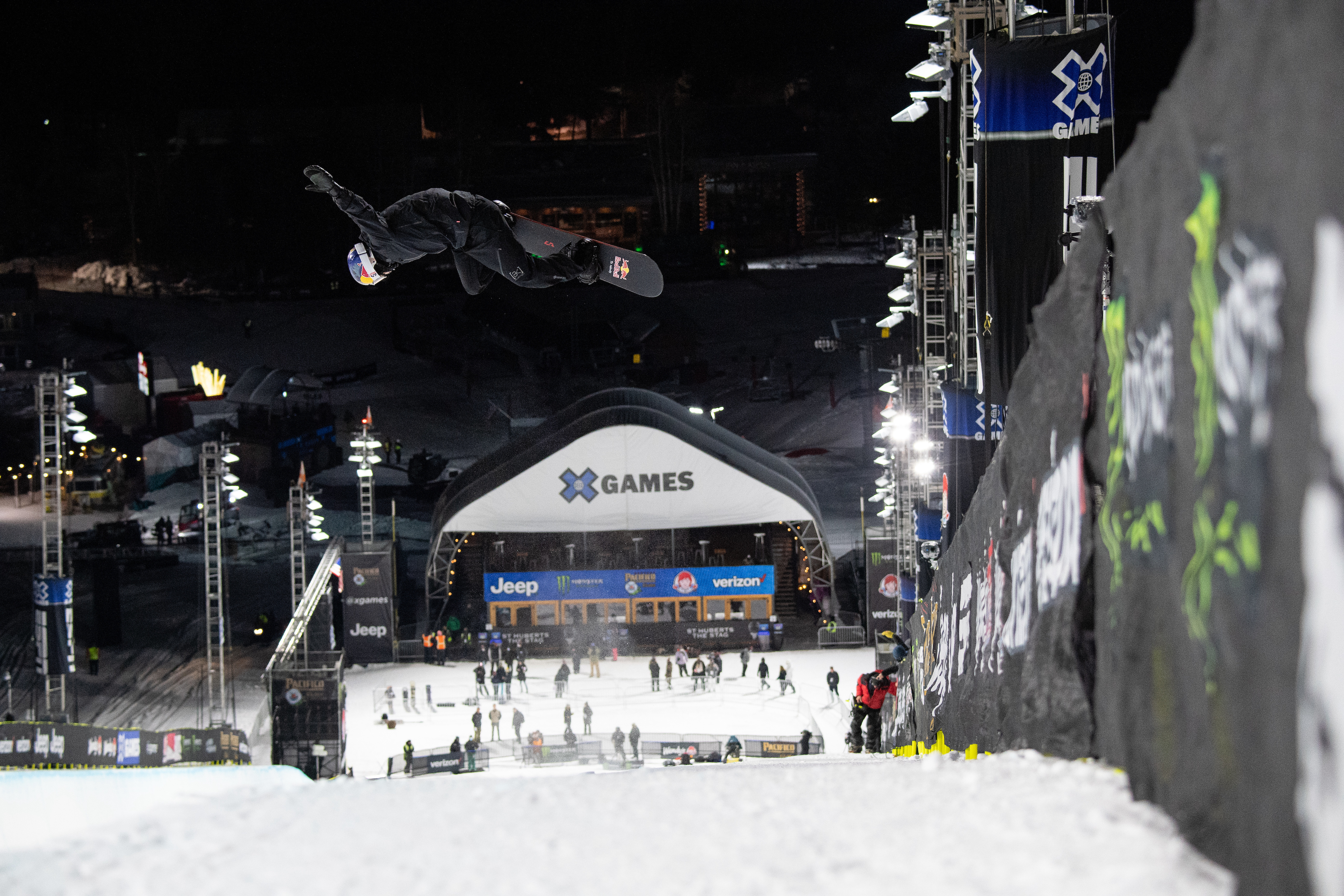
InsideHook: Do you remember the first time you heard about the X Games?
Scotty James: I think every kid who grew up snowboarding heard of the X Games before any other event. I believe it was actually founded the year that I was born, and it’s been a prominent part of the development for a lot of us action sports athletes these days. I was a massive motocross and free-style motocross fan when I was a kid, so to be honest I watched a lot of that when the X Games first came around. I started to pay more attention to the halfpipe when I started getting deeper into snowboarding.
I remember sitting there on the couch as a kid eating pizza and cheering on Kevin Pearce, Scotty Lago, Danny Davis, and of course Shaun White. It’s funny but none of the tricks really stick out in my mind, just the general feeling of awe. I do remember these pants that Shaun was wearing, these tight leopard pants and leather jacket. I know he won the style points that year, as well as dominated in the half pipe.
How does getting a win at the X Games rank against other competitions for you?
I consider the X Games the pinnacle event of our sport. I would put it on par with the experience at the Olympics and winning Olympic medals. The only difference is that the Olympics only come around every four years. For us who compete at the X Games, we enjoy getting the chance to push ourselves to the limit every single year. I would love to see the X Games expand around the world, and give more athletes to compete at this level.
It’s a very fun atmosphere, and it’s great to be a part of. I get a lot of enjoyment out of competing in it, and always look forward to going back. Getting a win there has always been on a pedestal, especially with how huge a role the X Games played in my development as an athlete. Because of that it’s always been a dream to compete in the X Games, and to be where I am now…I pinch myself all of the time. Being from Australia and being on this stage is pretty amazing.
How early do you begin planning and preparing for the X Games?
The season wraps up at the end of March. The process to prepare for the X Games starts for me in summer. That’s when we start to really plan what we want to accomplish in the next year as far as competition goes. I want my X Games routine pretty much figured out by the end of November. The rest of the runway is used to dial in certain elements, to see if they are really going to work out. You want the scarier technical tricks to be pretty much dialed in before the X Games come around. I have done each of the tricks countless times before we get to Aspen.
One factor I’ve always been curious about is if you’re able to keep the tricks that you’re doing secret from your fellow competitors. Are you able to keep them a surprise?
Keeping the whole of your run secret is very challenging. That’s one of the difficulties that you face, particularly doing halfpipe. Everyone is really tuned into what everyone else is doing. That’s because there really aren’t too many great halfpipes where the conditions are right for training. So if I’m traveling somewhere to board, odds are the other athletes are coming to the same place or nearby. It can feel like there’s always someone watching your practice runs.
So if you do find yourself on a mountain with just your team, you’re going to use that time super wisely. Perhaps you adjust the schedule for when the mountain is a little quieter if you want to specifically practice something you’re trying to keep under wraps. If I’m planning on doing a frontside triple cork, I have to do my best to make sure that nobody sees that going into the competition. Because if they know, they can make the plans they need to beat me with it. There are a few mind games going on before the actual games, in that sense.
That being said, you can’t let those situations determine when you’re going to practice and push your limits. Because if you’re only looking for times that you’re going to be on the mountain alone, you probably aren’t going to be snowboarding all that much. Sometimes you just have to do what you came there to do and trust that you will just be plain better on the day.
Longevity Secrets and Lifehacks From the Oldest Athlete to Qualify for This Year’s X Games
BMX legend Terry Adams started his career in 1999. How could he possibly be competing this weekend in Japan?Where are you doing the majority of your practice runs leading up to the games?
Before arriving in Aspen we’re based in Switzerland, specifically in Laax, for about a month. That’s for an event that we have at the Laax Ski Resort previous to the X Games. So we go out there about three weeks before and get a lot of practice in. Back in the United States we are based at Copper Mountain in Colorado. That’s where we do the majority of our runs.
How has your physical preparation for the X Games evolved since you first came to Aspen for the X Games in 2014?
Back in the day I used to think about my training and diet as something that I would change drastically before a competition. I would change my lifestyle drastically for a few weeks or months that would get me to the right place. But I’ve since realized that that’s not the right mindset for me. I have very longterm goals that I want to see through ’til the end. I want to be able to do this at the highest level for a very long time.
So it makes sense that I change the way that I train and eat throughout my life, instead of for the short-term. I don’t want to just eat this very specific thing for a few months, and then just fall off with it. I want to eat the right thing, for most of my days, so that I can spend most of those days at my best. That means finding ways of eating and training that do the job of making me strong, but are also sustainable.
How do program your workouts?
Snowboarding halfpipe requires the body to do a number of complex movements and stretch in unique ways. So we’re always looking for ways to mimic that complexity in our workouts. It’s not that easy, but we have a fun time thinking outside of the box. My strength and conditioning coach is Will Morgan, who is also from Australia. I work out with him seven days a week, unless we take a day off because I’m on the mountain.
I’m a pretty tall guy for the sport. The majority of the guys I run against are anywhere between 5 foot to 5-foot-11-inches. My levers are longer. My femurs are longer. Because of this fact I’m not as compressed during the transitions, and I’m going to have a lot more downforce in my upper body during the transitions. There’s a ton of G-force in those 22-foot walls we operate in when you’re going fast.
Because of that we do a lot of trunk training or core training. The goal has become to lower my center of gravity as much as possible. We want all of the weight I carry in muscle to be as low as possible during the runs. That helps me feel more limber in the upper body to be able to ride like the other guys do. It really comes down to me being able to execute my vision. That’s the point. If I’m able to execute on the vision I have in my head, usually the right results will follow.
Do you do anything for recovery after a tough day on the mountain?
I do everything that I can to make sure that I don’t get too banged up. I will usually use a Theragun before training or a work out. I like the RecoveryAir compression boots for after a long day since the legs do take a beating. I always have a physiotherapist with me during competition, but if I’m doing my job right I don’t have to use them too often!
For someone who’s had so many gold medal runs at the X Games, is there any way for you to sense headed into the event whether you’re going to come out on the podium?
I actually do have a pretty good idea of what kind of result I’m going to get, depending on how I feel about the fundamentals. How many tricks do I have ready to go? How does that compare to what the other competitors have? The judging is done on technicality, on amplitude, and execution. Being a solo sport, there are a lot of things that you can control. But of course there are always things that can be thrown at you, like the weather and conditions. I don’t think there has ever been an X Games where I’m dropping into the halfpipe thinking that I have it in the bag.
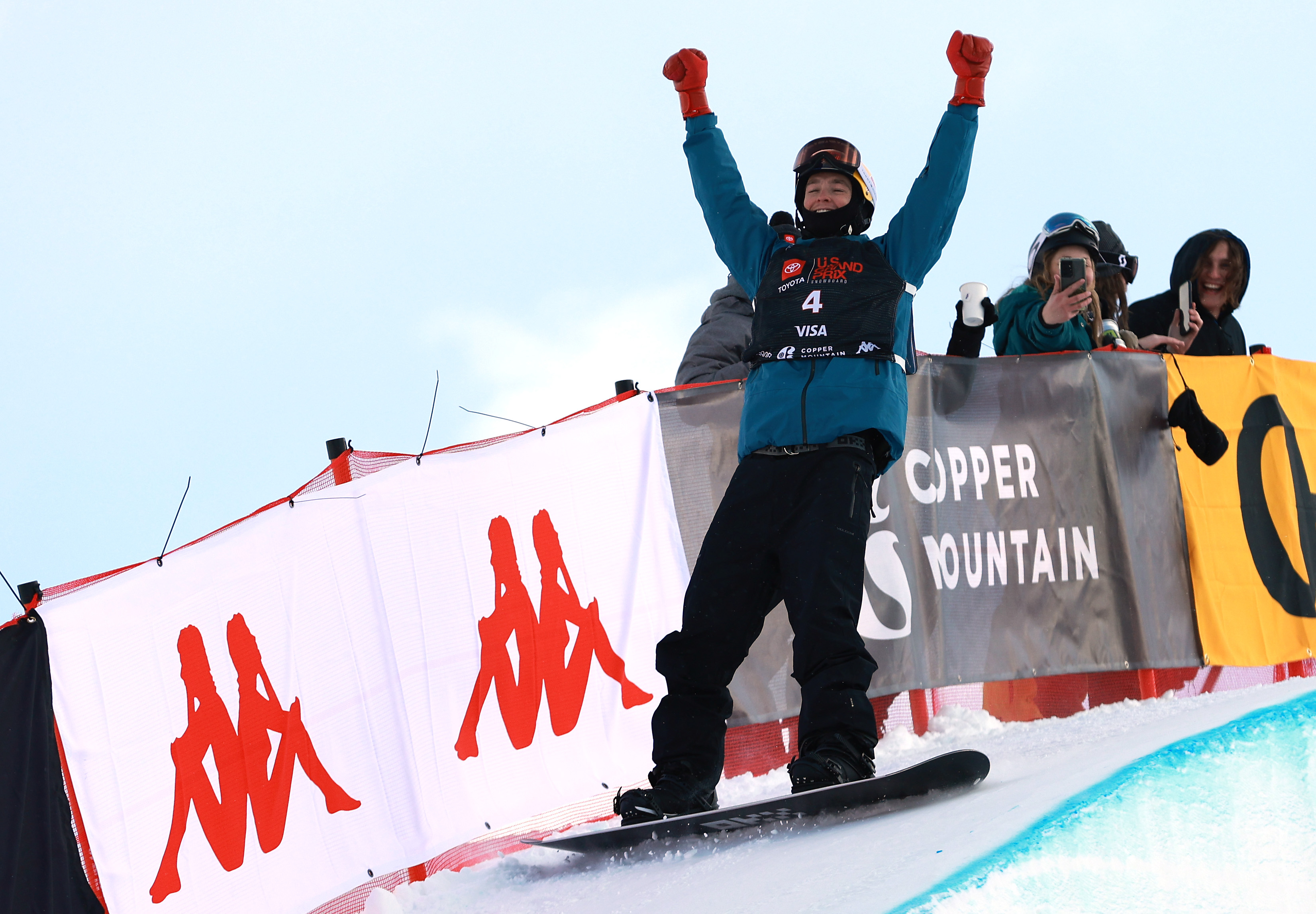
Do you have a favorite gold medal experience at the X Games?
The 2022 X Games was one of my favorite wins to date. I was coming off of a not-so-great performance the week before in Switzerland. Since it was an Olympic year there are always people were paying attention and more people talking about what was happening at the X Games. I have always loved competing here and I knew what I could do. I was excited at the ability to overcome that adversity.
That night there were some challenging conditions in the half pipe. I had some fierce competitors that day, especially the Japanese guys. They always put out a great challenge, and I have a healthy rivalry with them. I was stoked that the whole run came together. The run being successful was a huge weight off my shoulders after that previous competition.
How did you create the trick structure for that run?
I have been structuring a lot of my riding doing switch. That means I’m staying unnatural foot-forward all of the time. I’m naturally left-foot forward, which makes me a “natural snowboarder.” But there’s only one trick in my runs last year and this year where I’m using that natural footing. Everything else is me riding “goofy.” I’ve always prided myself on pushing towards that unnatural and uncomfortable direction.
Last year that major combo was the Switch Backside 1260 to a Cab Double Cork 1440. I was doing them in both an unnatural way of spinning.These days there are a lot of technical tricks that are executed at this level, like the triple cork, which we obviously dabble in. There is also the core of being a snowboarder, the creativity needed which calls for us to think outside of the box rather than putting in another spin.
Standing up above the halfpipe, about to make a run that could win you a gold medal, what is going through your head?
I will stand there on top of the halfpipe and give myself the affirmation that I have done everything within my power to give myself the power to perform in that moment. I know in my heart that all I can do in that moment is truly live the dream that I have worked to achieve. All that’s left to do in that moment is put the boxing gloves on and jump into the halfpipe.
In regards to the boxing glove snow mittens, they have become something of a trademark wardrobe piece for you. How did that first begin?
The first time I put on the boxing gloves was during a snowboard run at the 2017 X Games. I won my first gold medal at the X Games with them on. I have always loved boxing, and watching boxing, and I wanted to bring that energy to the halfpipe. I couldn’t take them off after having that success, so they became a permanent fixture of the outfit. Originally the gloves were from a company called Grenade, now we have our own line of the SJ “Fight Night” mitts, which I have available on my site. Every once in a while I’ll see someone out in the world wearing them. It puts a big smile on my face.
The Charge will help you move better, think clearer and stay in the game longer. Subscribe to our wellness newsletter today.
